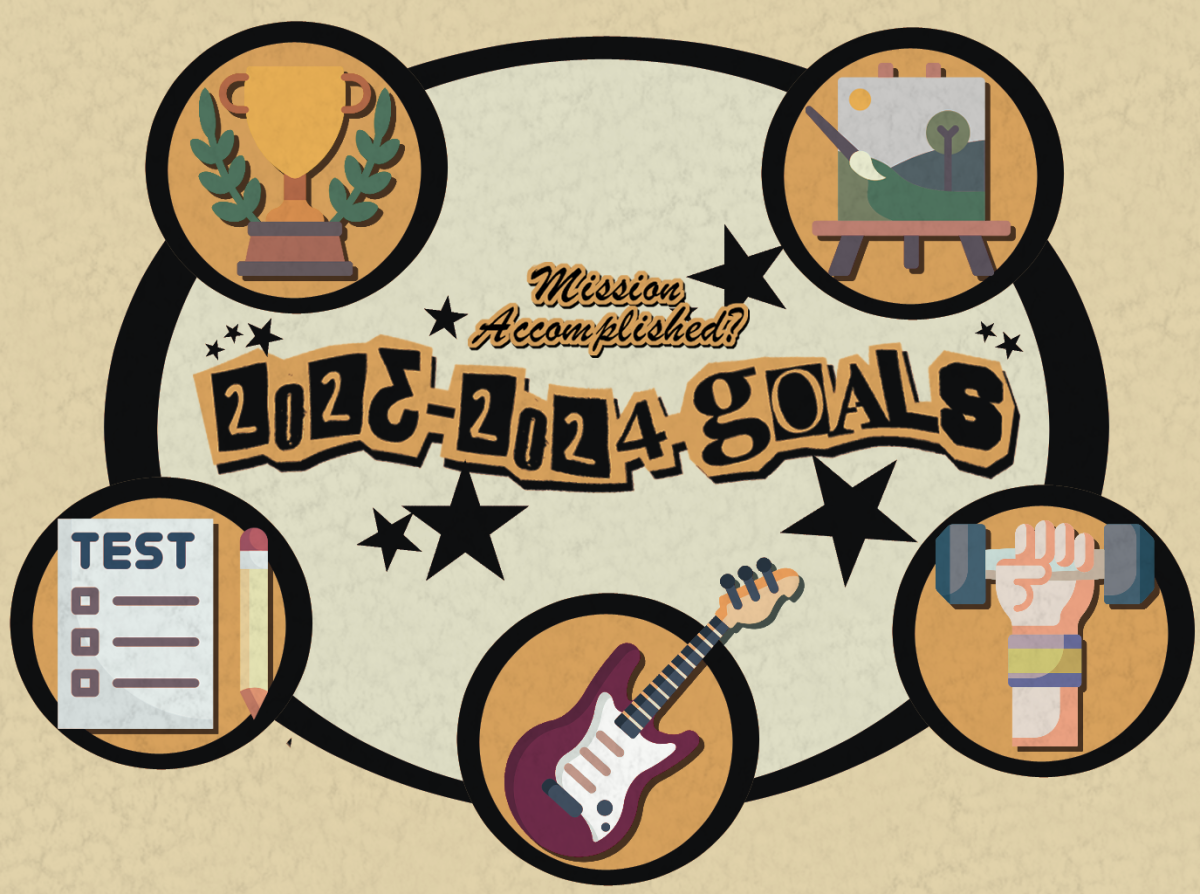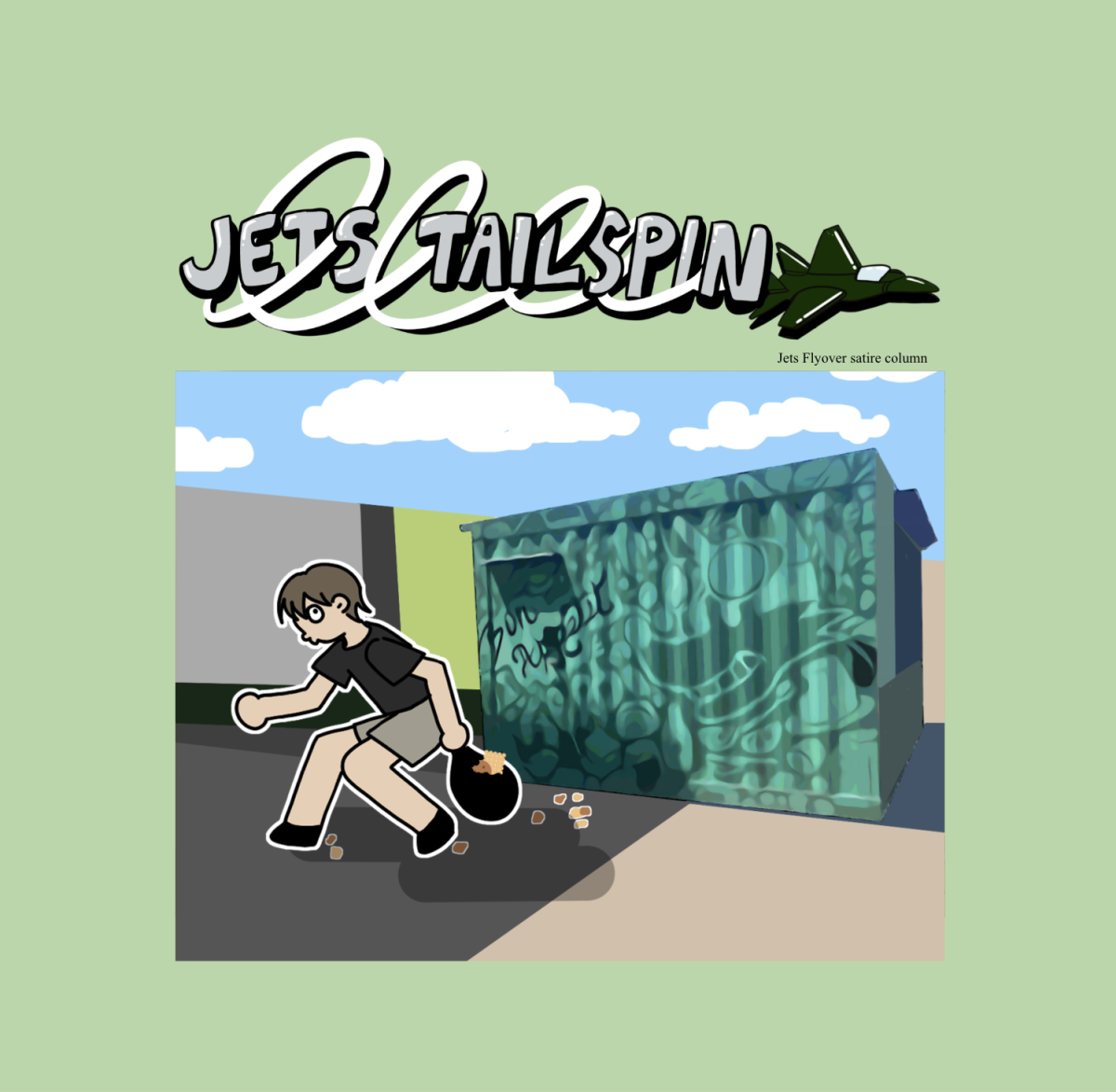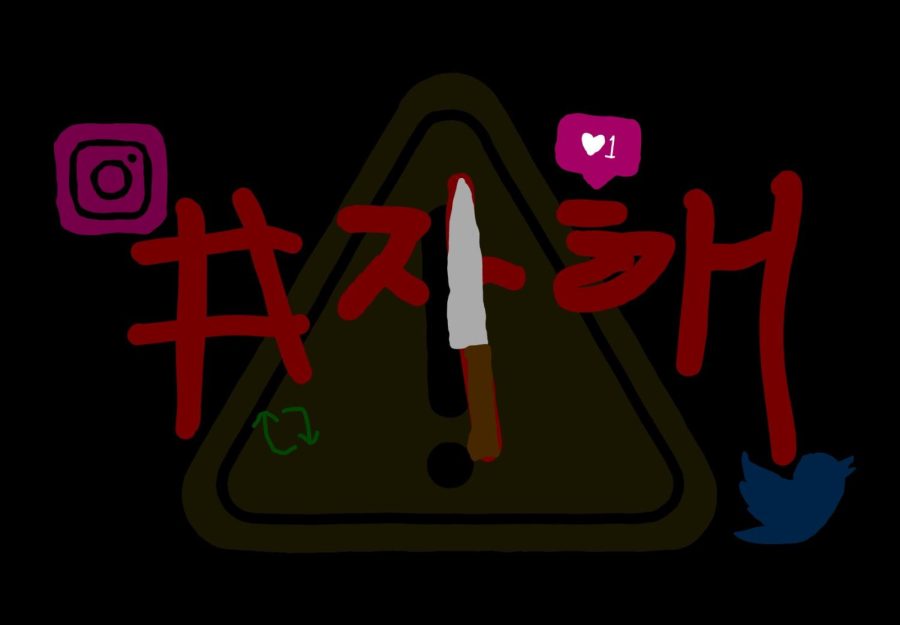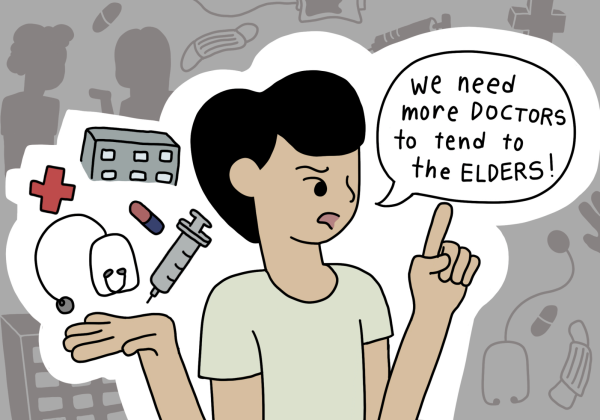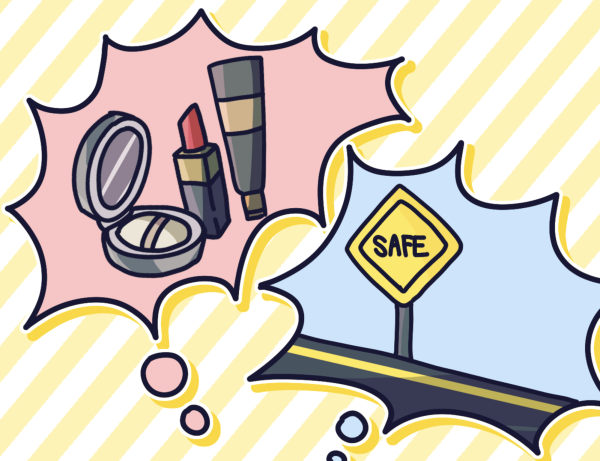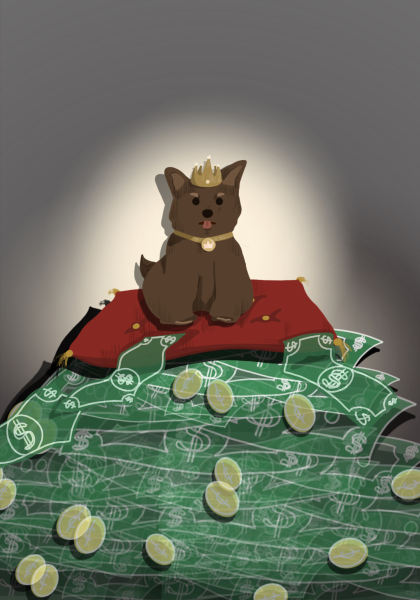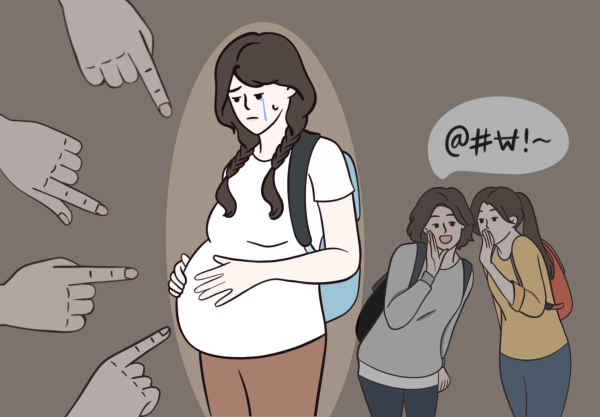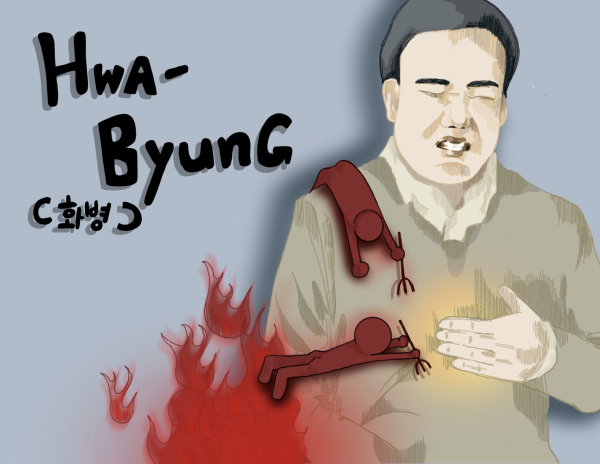Caution: Dangerous Hashtags Ahead
Social Media Trend Provokes Teenagers to Hurt Themselves
February 16, 2022
Disclaimer: If you or someone around you is dealing with self-harming or suicidal thoughts, seek help from “cyber1388.kr.” Please don’t be afraid to reach out.
Even after the infamously gruesome “Blue Whale Challenge” – which reportedly drove 130 people to end their lives – people continue to harm themselves as a result of unfortunate, dark trends on the internet. Troubled teenagers have been – and continue to – share photos of self-inflicted scars on social media. Posting photos of these nature on one’s feed was initially a cry for help to other users; but it seems that over time, public displays of suicidal thoughts and acts have become an unsettling contagion that spur on the imitation of self-harming behaviors.
The Korean side of the web has become subject to these precarious patterns. Teens being teens, we tend to be much more hyper-aware of trends than older generations. We tend to follow the crowd; no one wants to feel left out, even at the expense of harming our mental and physical health. Social media apps and messaging boards are a hub for these graphic posts, with Twitter being at the forefront: 92.3% of posts about self-injury are posted on the app, with commonly identifying hashtags accompanying tweets within the community. There are hundreds of accounts solely devoted to sharing pictures, videos, or stories regarding the explicit details of struggles with mental well-being.
Of course, the real problem doesn’t lie within the mental health community; the issue is that teenagers are beginning to do this just because it looks “cool and edgy”, or because of peer pressure. Based on this, the term “패션자해” (Pae sheun ja-hae, which literally translates to “Fashion Self-Harm” in Korean), is used to indicate those who injure themselves to encapsulate a gory aesthetic, or simply to show off. Sensitive content being uploaded on the internet for any age to look at. This has serious implications for youth safety online, as research suggests that direct exposure to suicidal behaviors and acts of self-harm through social media may encourage similar suicidality through imitation and modeling, particularly in more vulnerable populations. Another problem with this trend is that the pictures and videos are usually uncensored; they show the scars and blood with vivid detail, and are quite disturbing or even triggering to those that have experienced this personal turmoil before.
However, the existence of “패션자해” undermines the underlying mental health issues as to why people might feel the urge to cut. When someone harms themselves, dopamine levels immediately increase, which can provide a short-lived satisfaction and temporary peace of mind. Since teenagers typically don’t know themselves well enough to handle stress, some use self-harm as an unhealthy coping mechanism. Some also consider it a shortcut to overcome complicated relationships in real life because it allows online users, albeit strangers, to worry about them and show sympathy. Online communities make them feel better about the predicament they’re in when they have no one around in real life to go for help or comfort. Online communities make them feel better about the predicament they’re in when they have no one around in real life to go for help or comfort.
Ultimately, the biggest issue with performative self-harm is the lack of seriousness it lends to the conversation surrounding mental health problems. Nowadays, most media sources contain content that trivializes important and complex issues, including topics regarding literal life or death. If you’re a social media user, be cautious with your consumption.

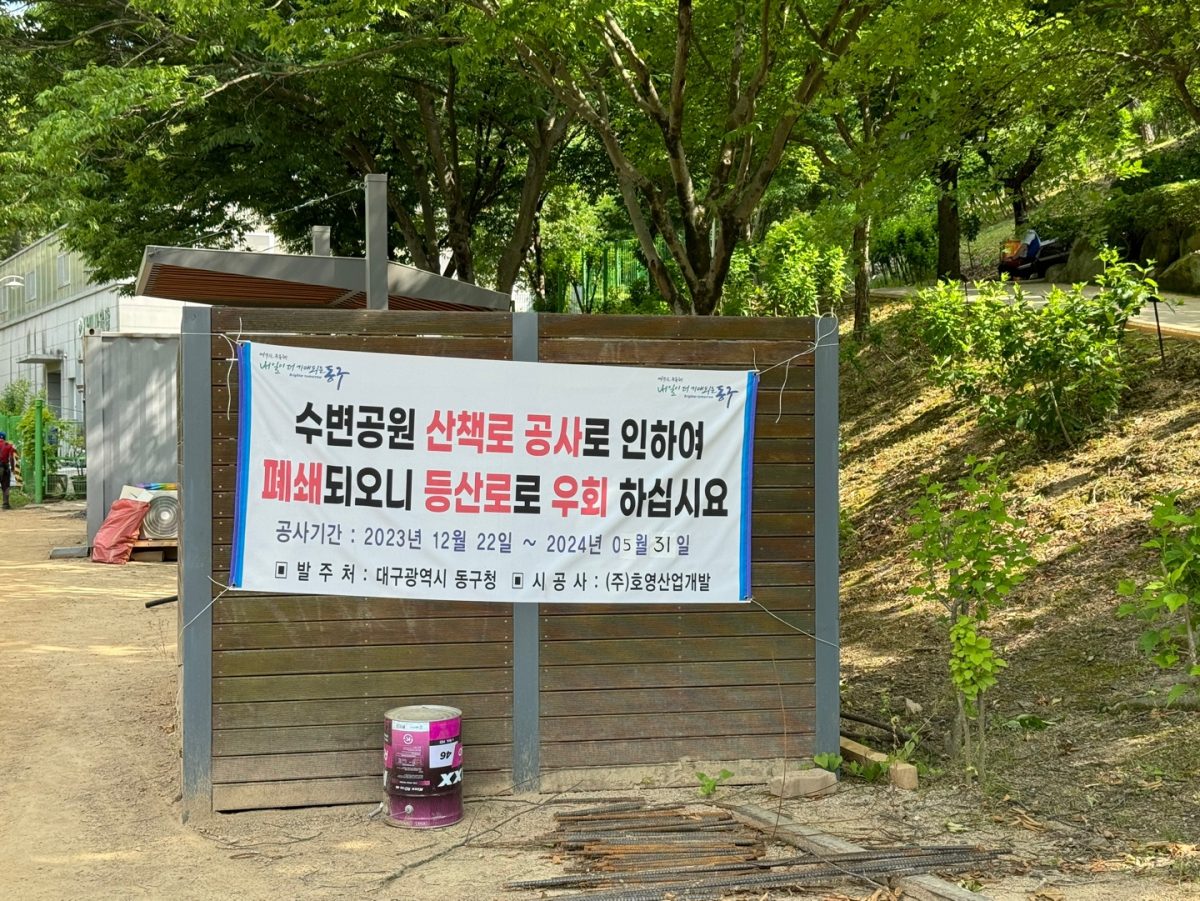





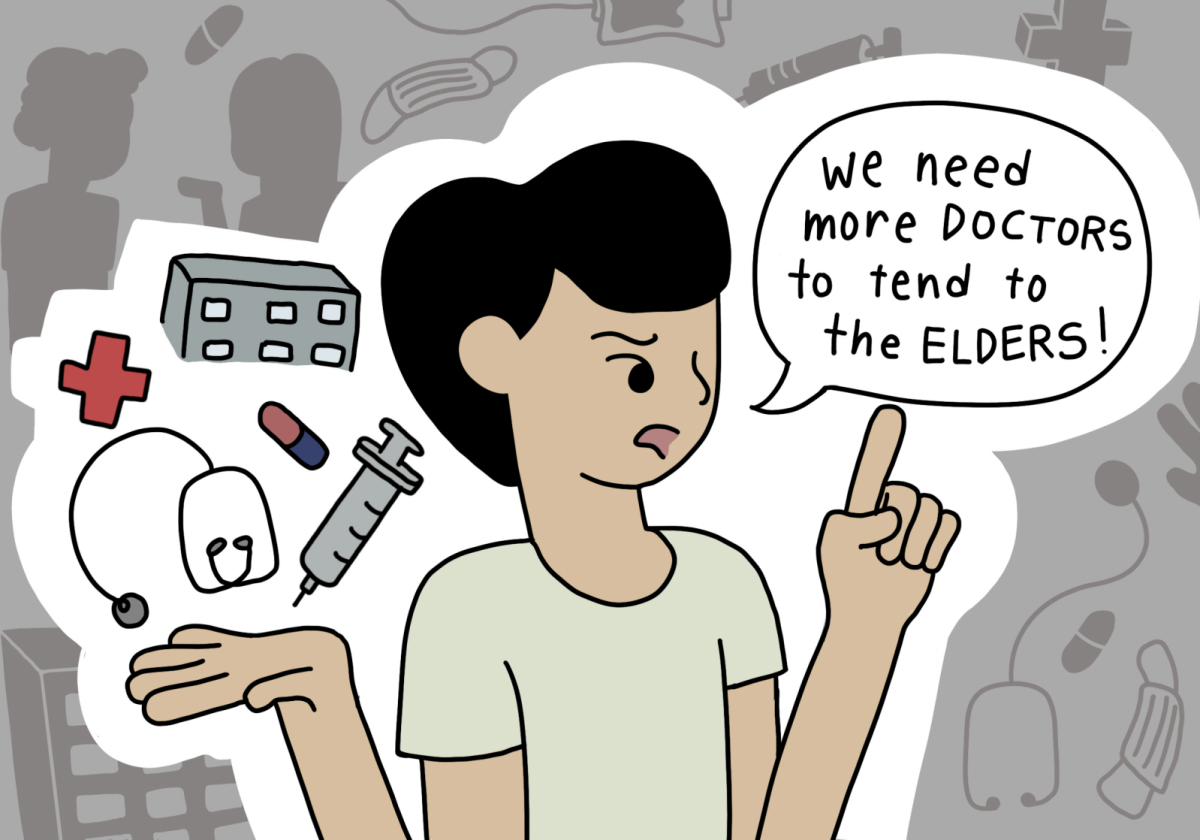
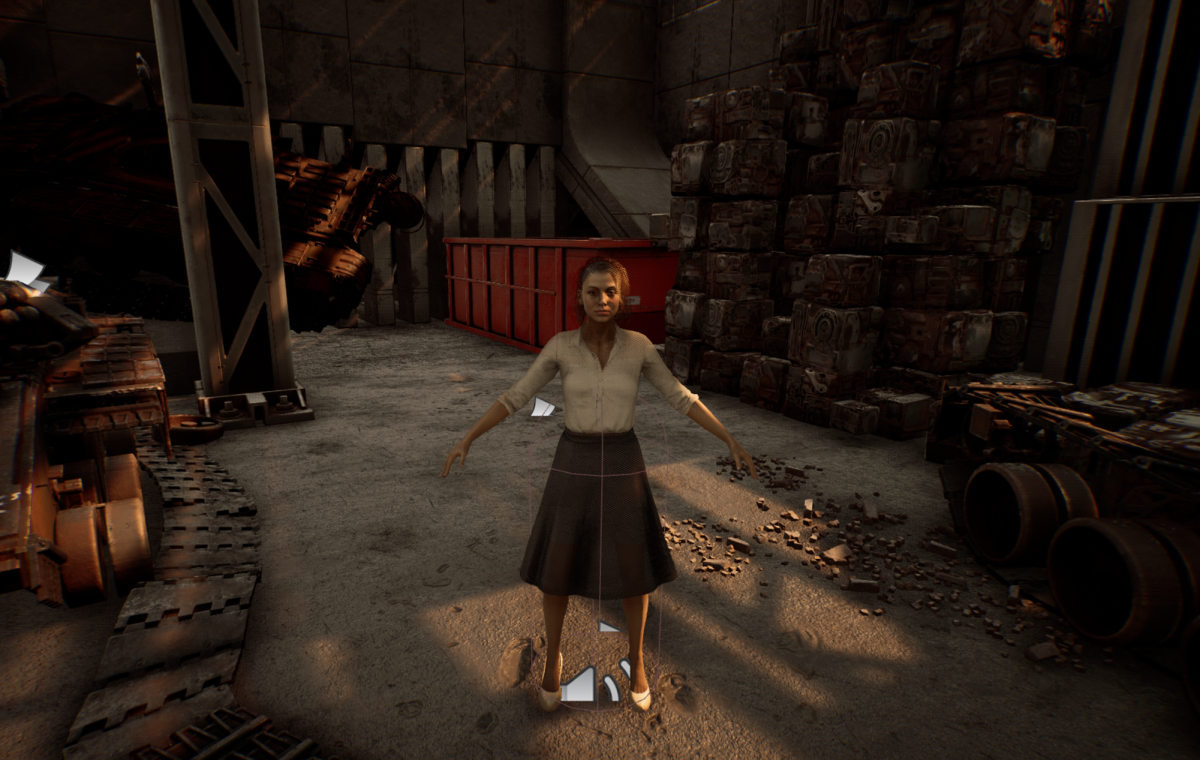


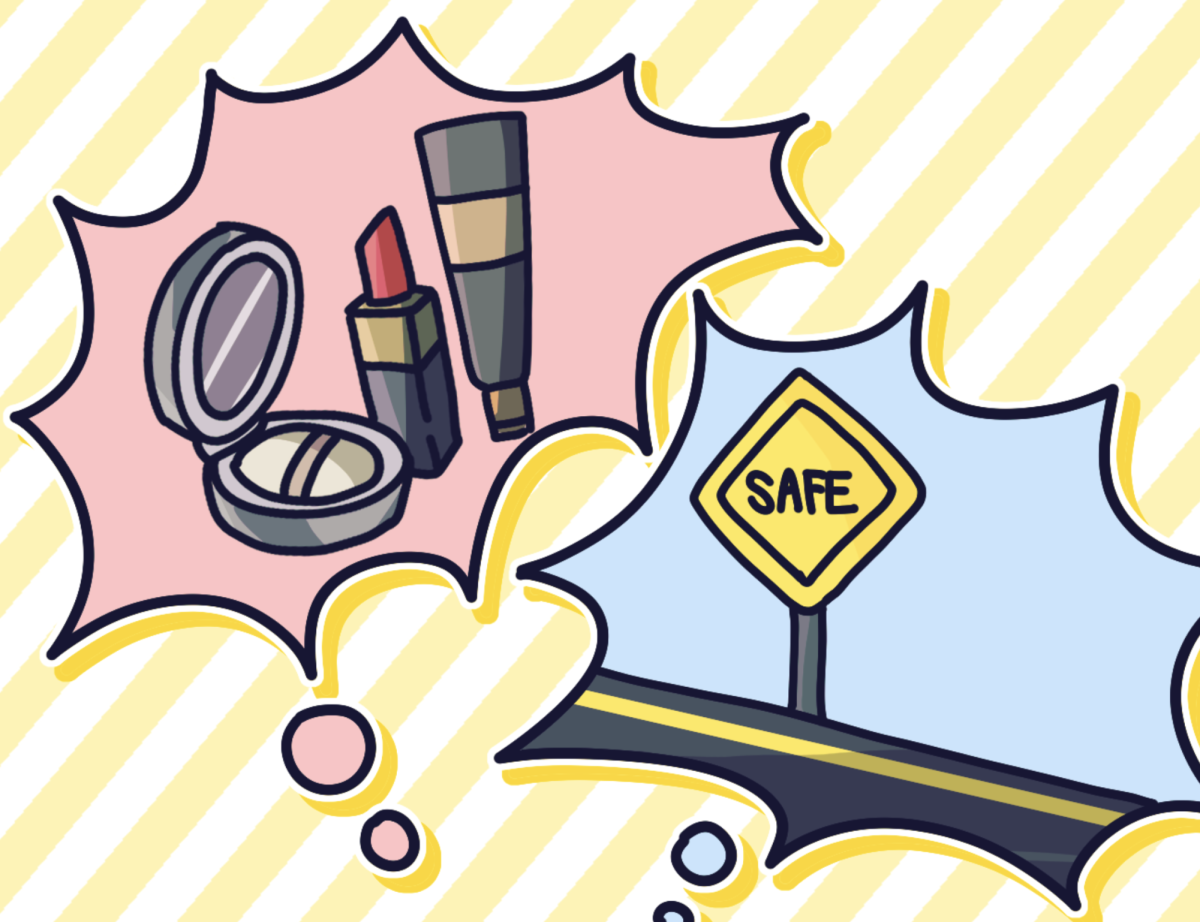
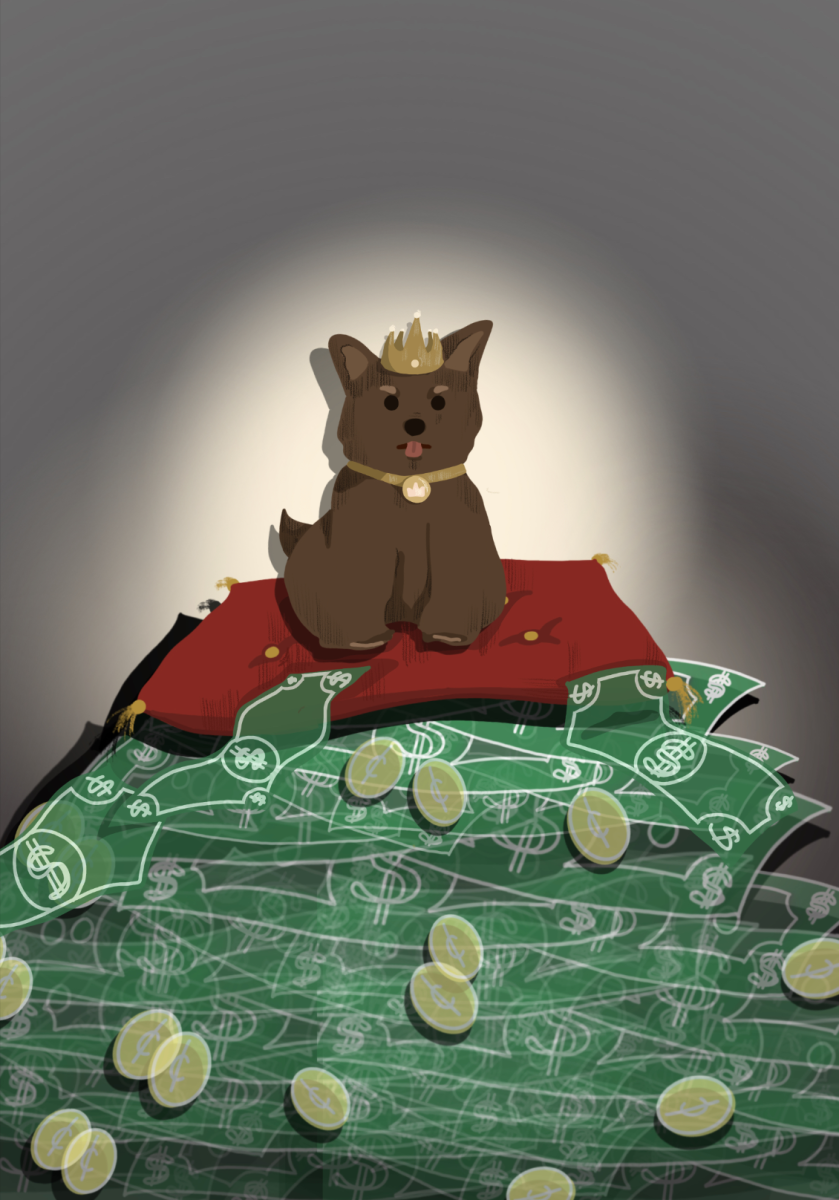

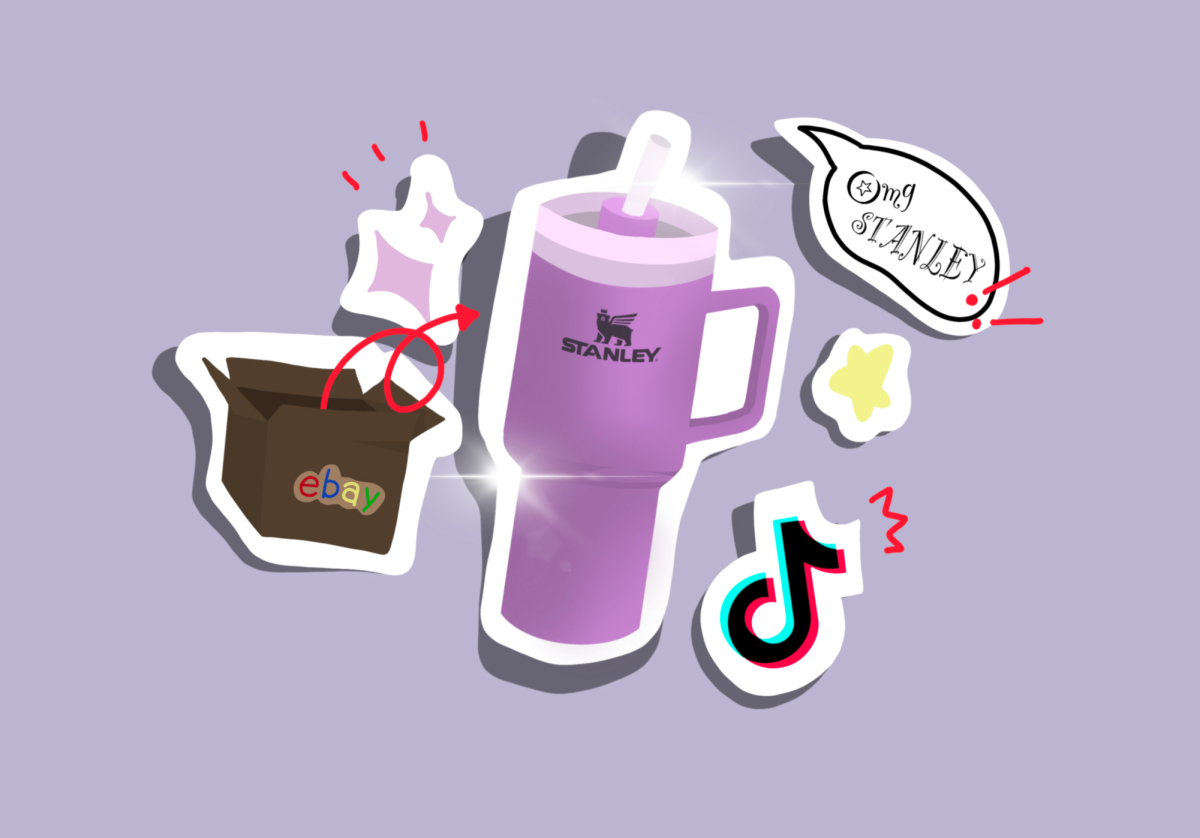

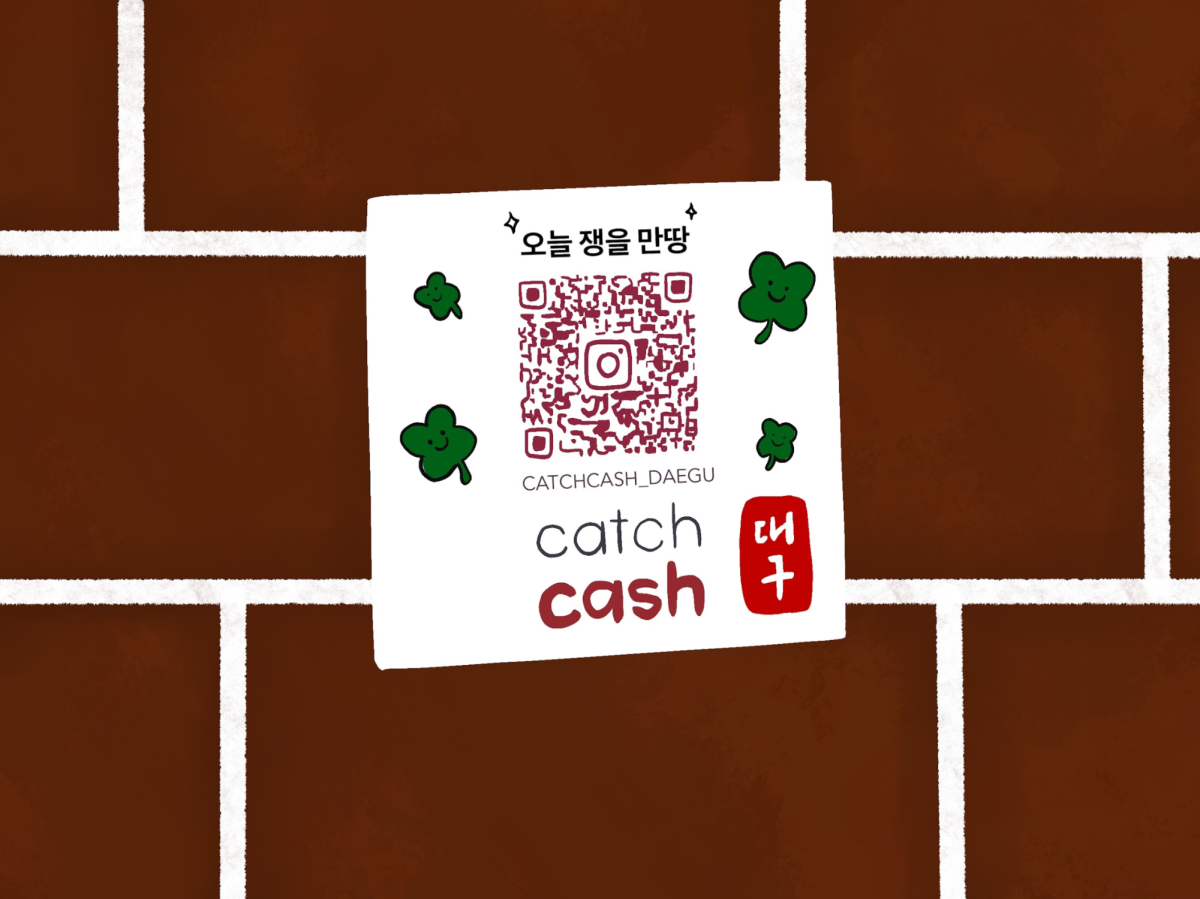
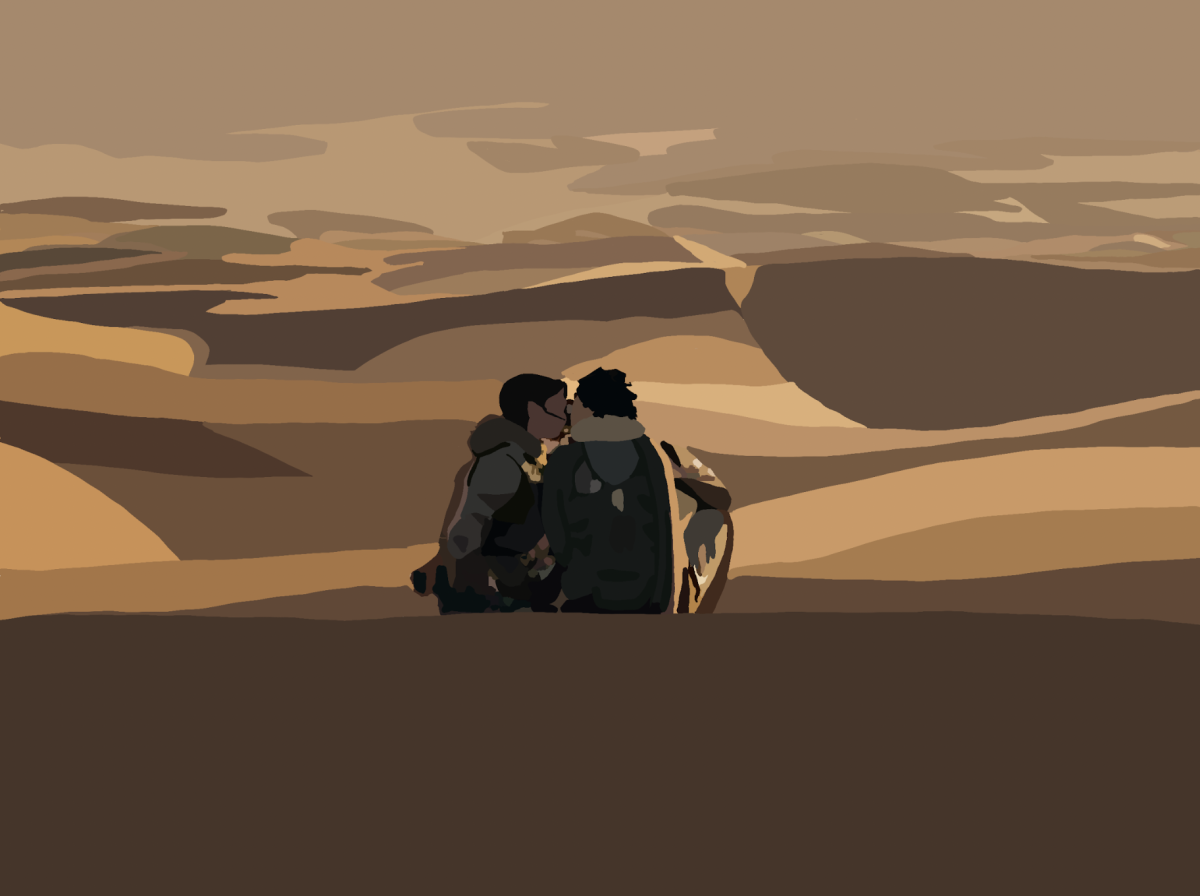

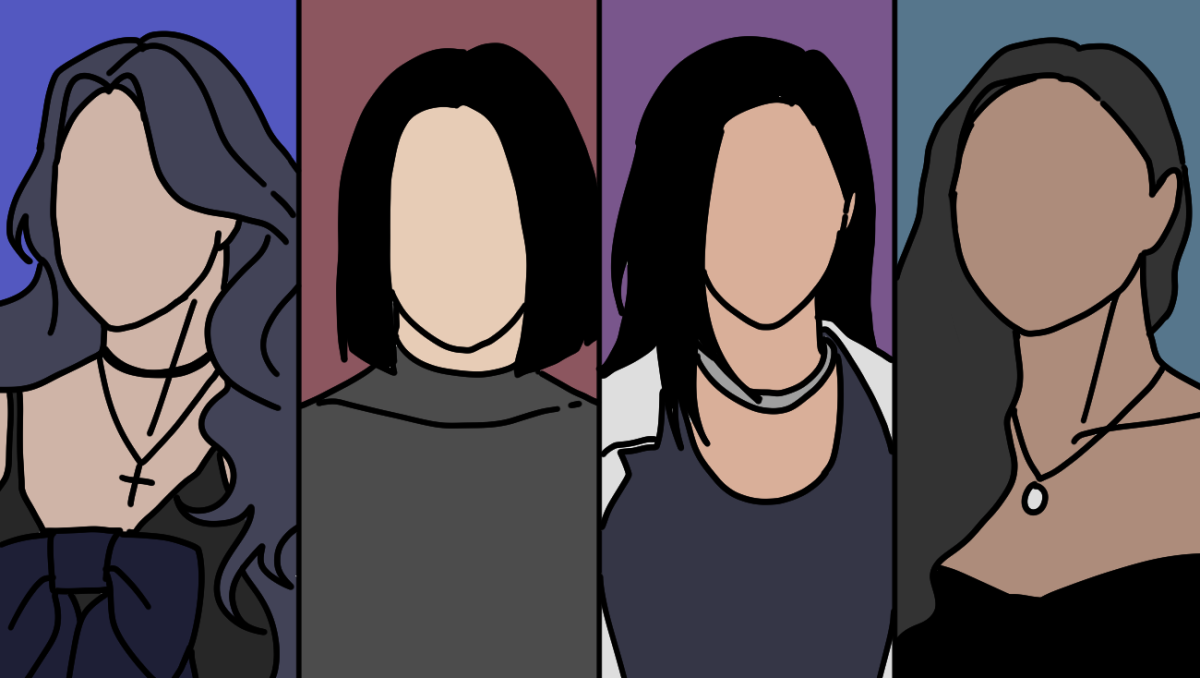
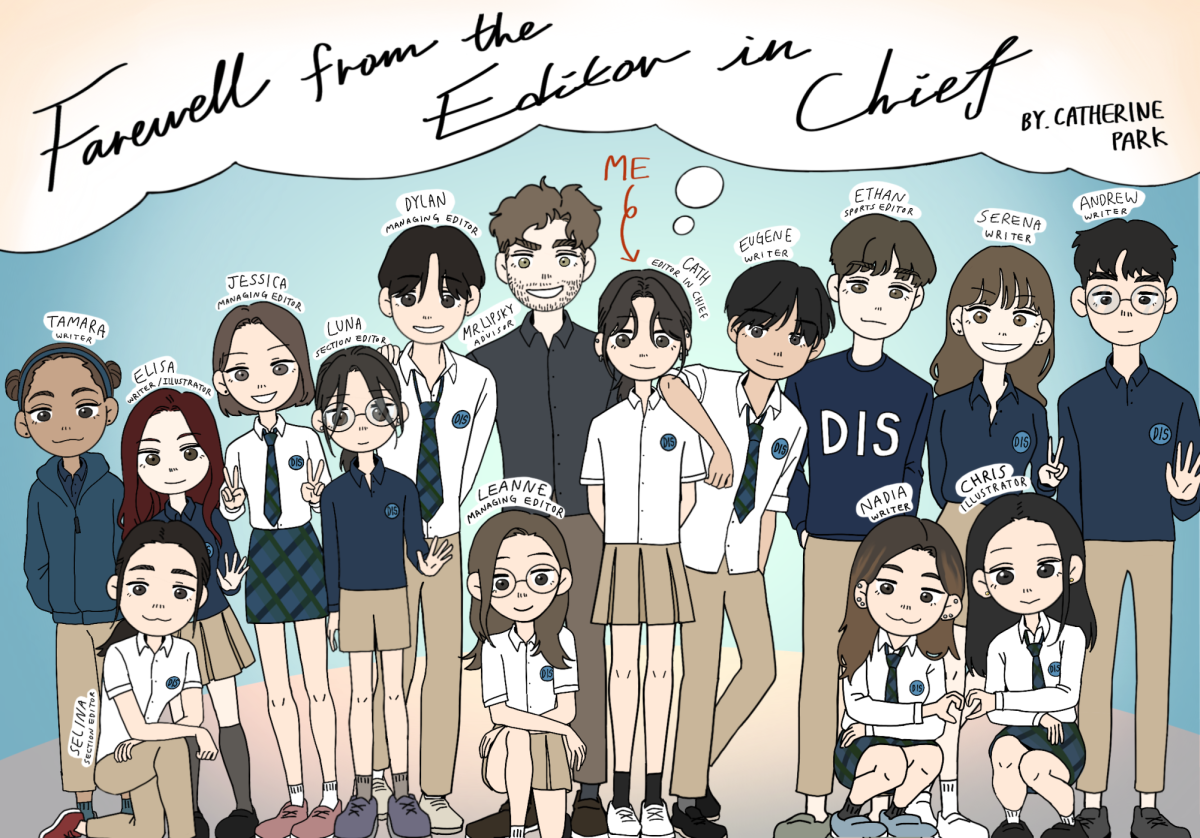
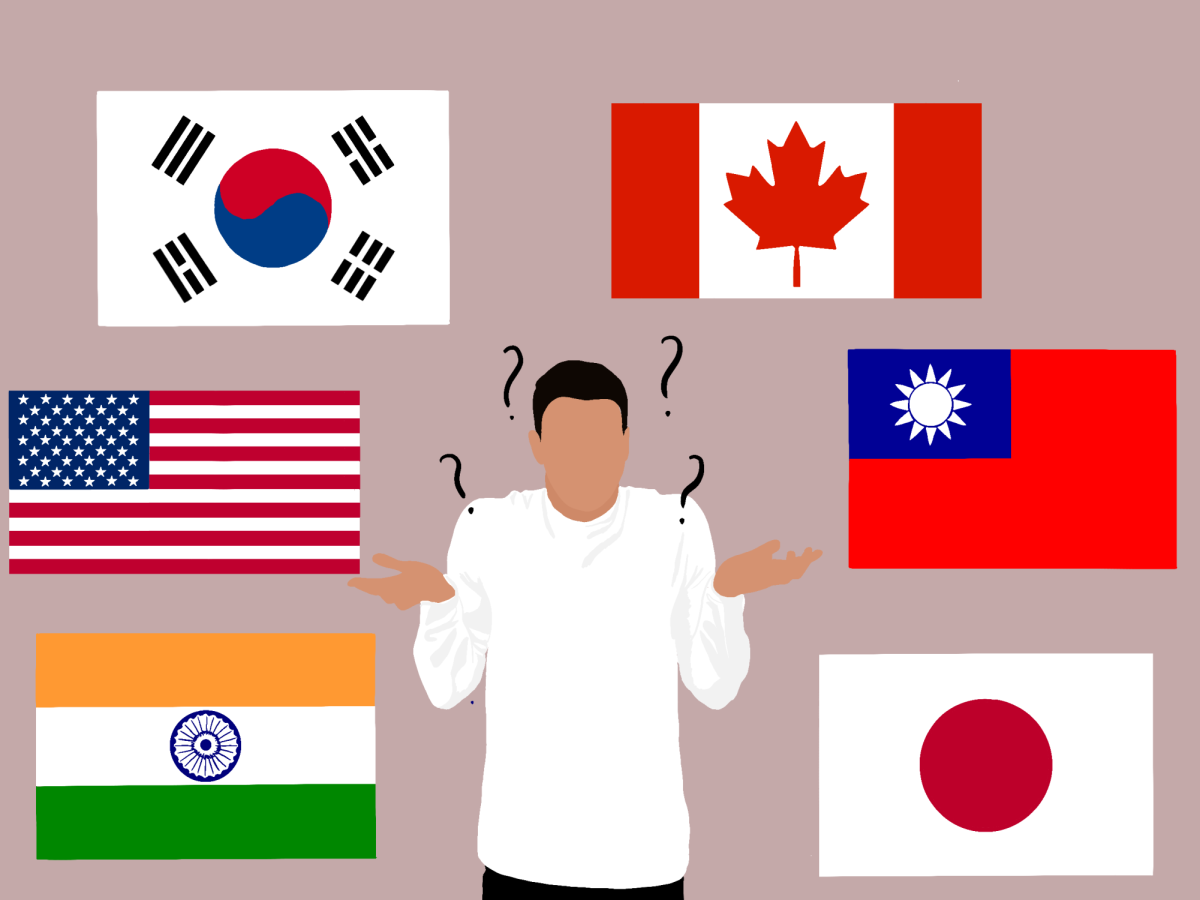
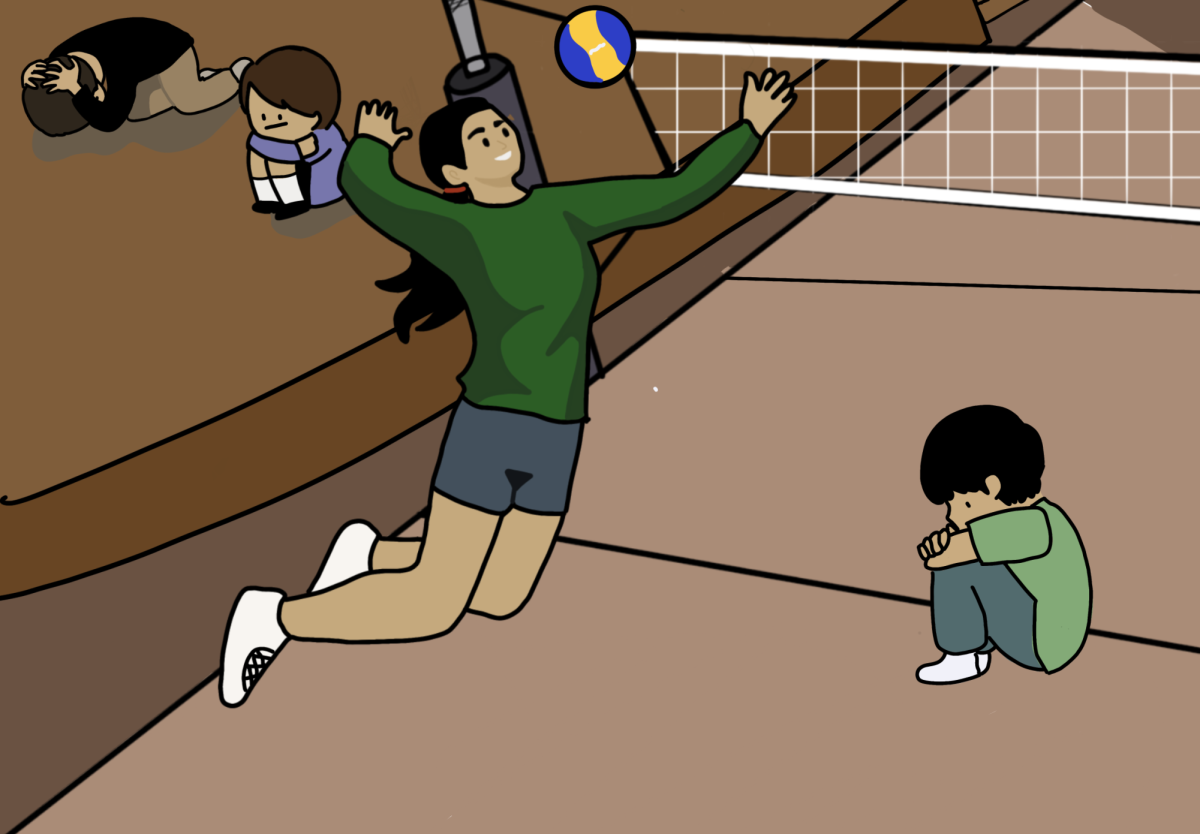
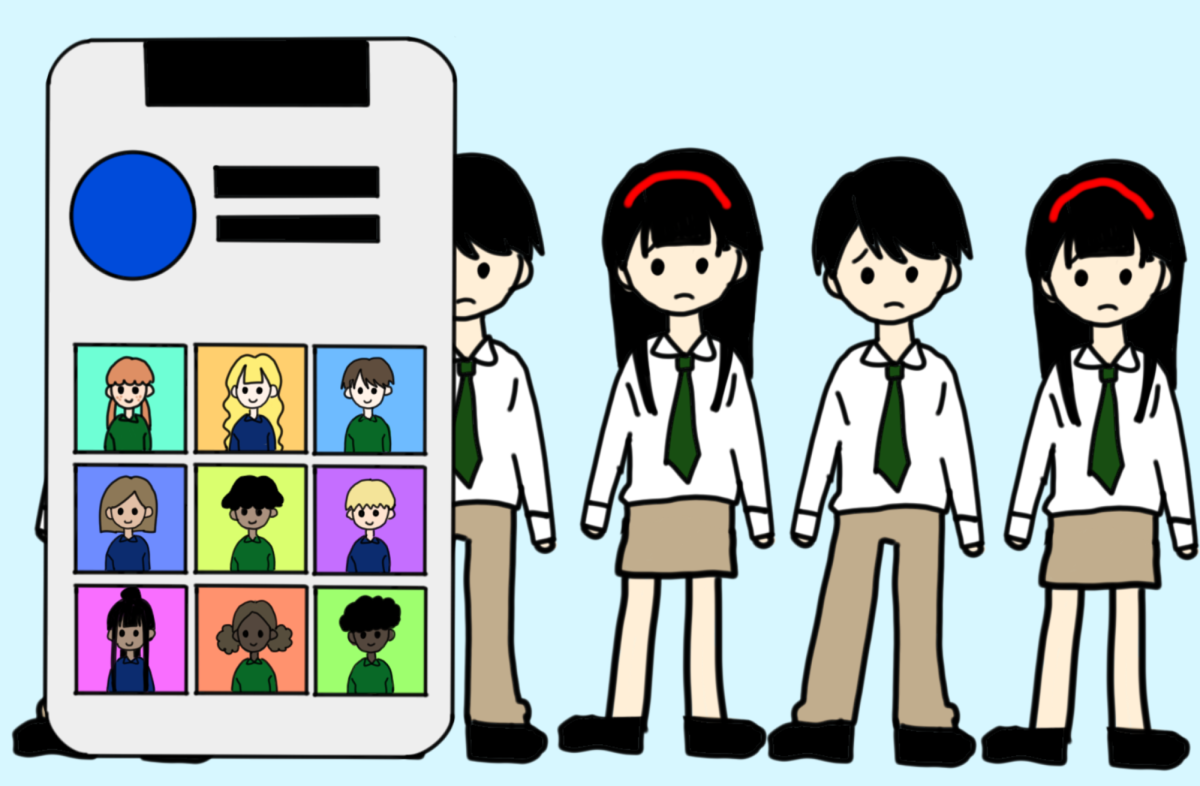
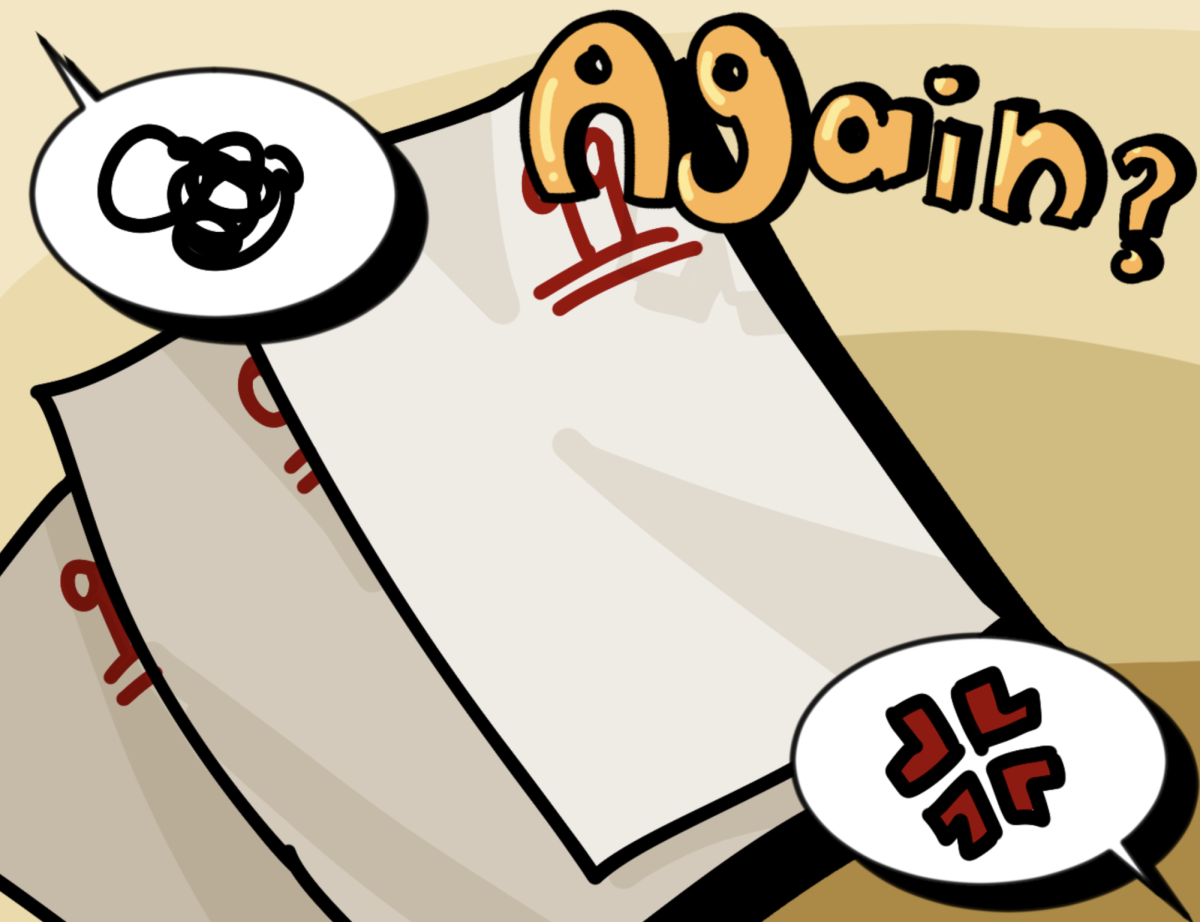

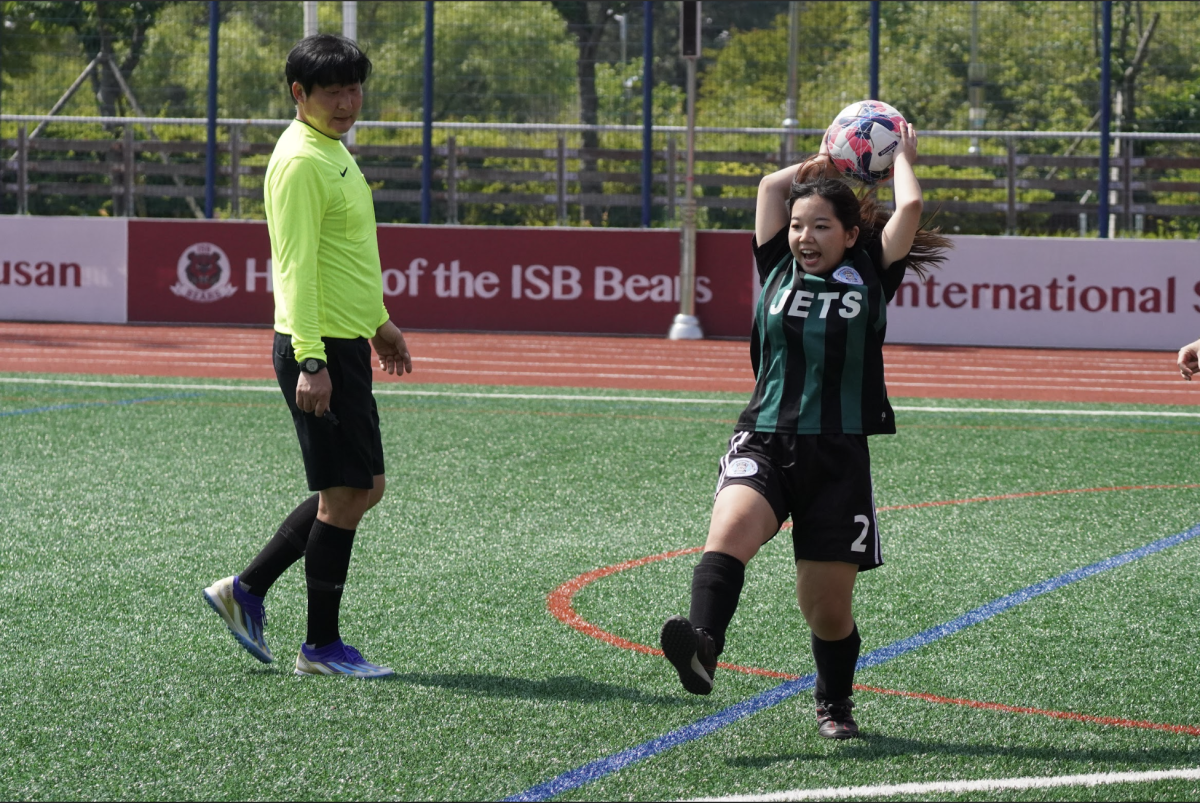









![[Podcast] Bet on Bonnie Episode 2: Sophie Lee](https://jetsflyover.com/wp-content/uploads/2024/05/jbspodcasts-1200x951.png)

![[Podcast] Jets Jukebox Episode 1: Bleachers, Self-Titled](https://jetsflyover.com/wp-content/uploads/2024/04/Jets-Jukebox-LOGO-1-1200x1200.png)
![[Podcast] Eco-Lution Episode 3: Freshmen explore alternatives to paper straws](https://jetsflyover.com/wp-content/uploads/2024/03/Ecolution_Podcast_Logo-1200x1200.png)
